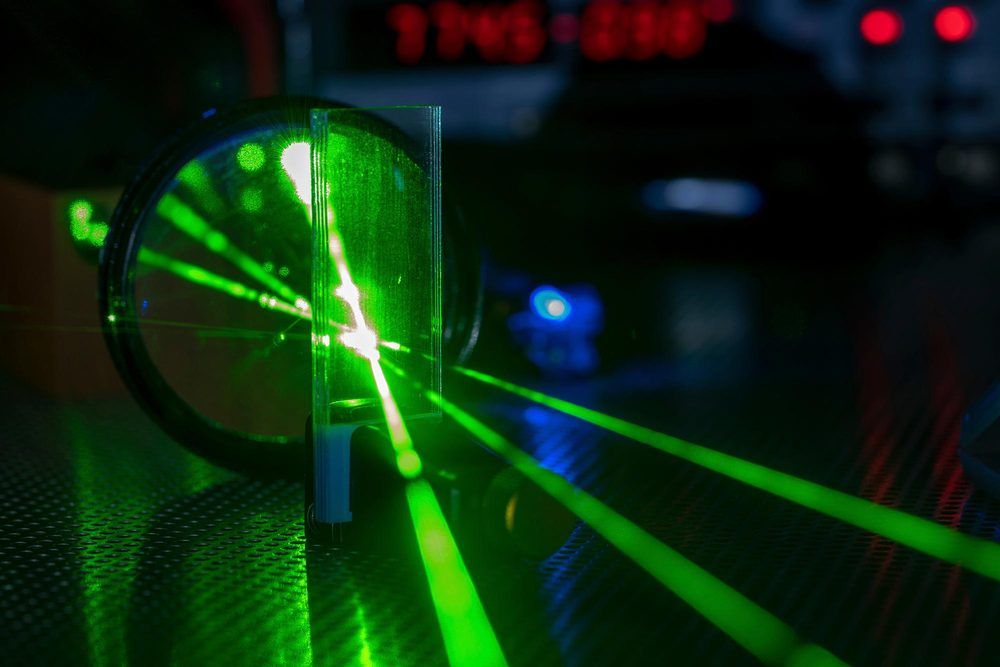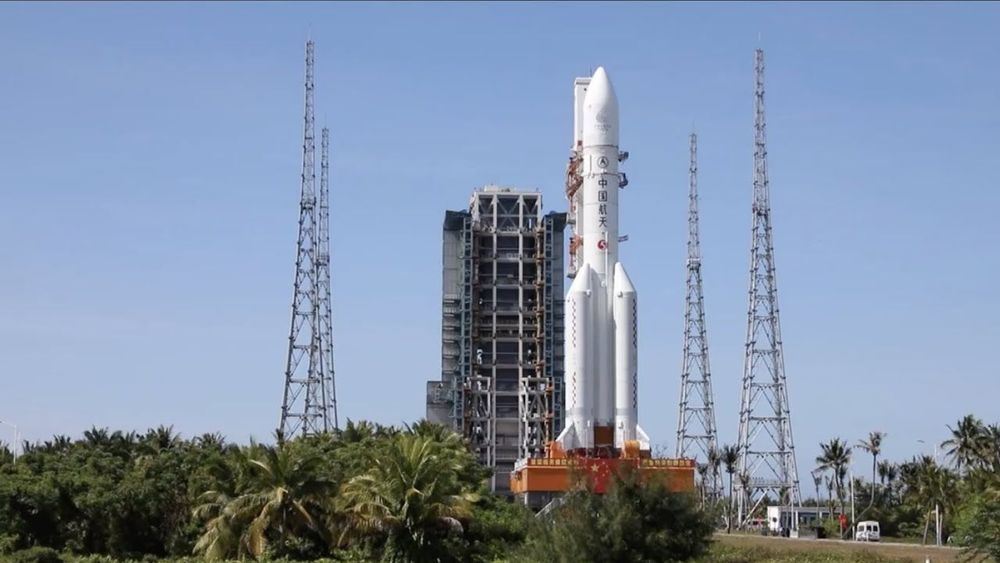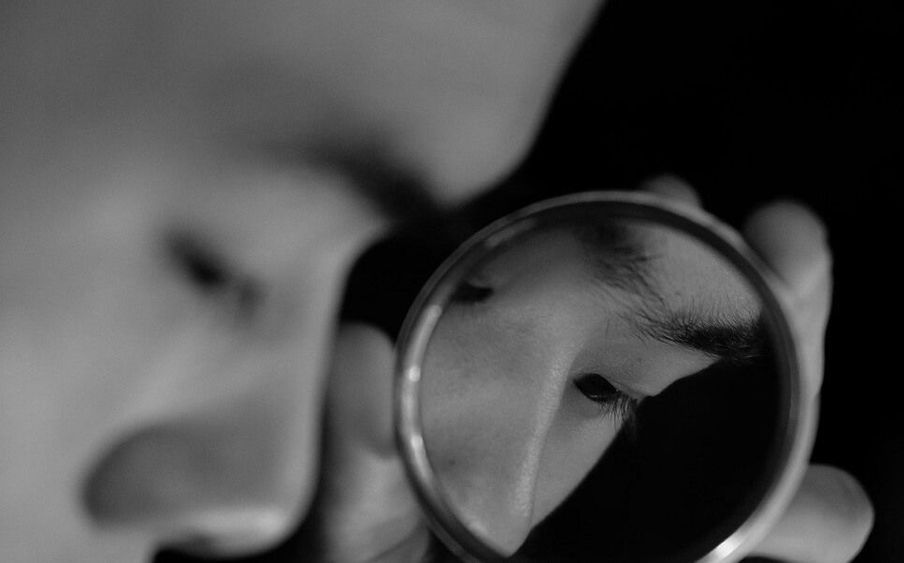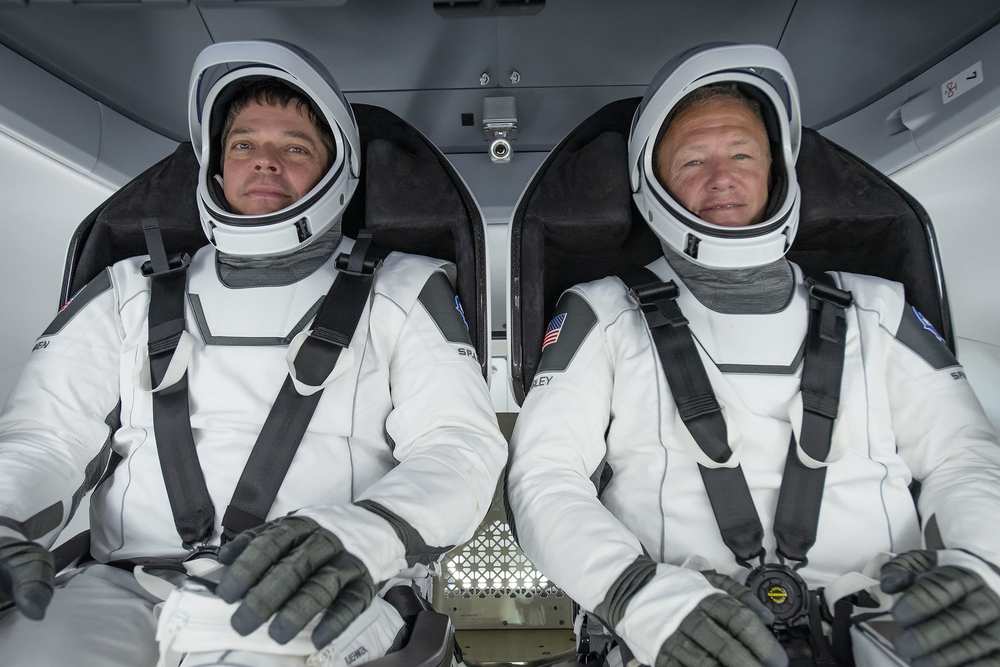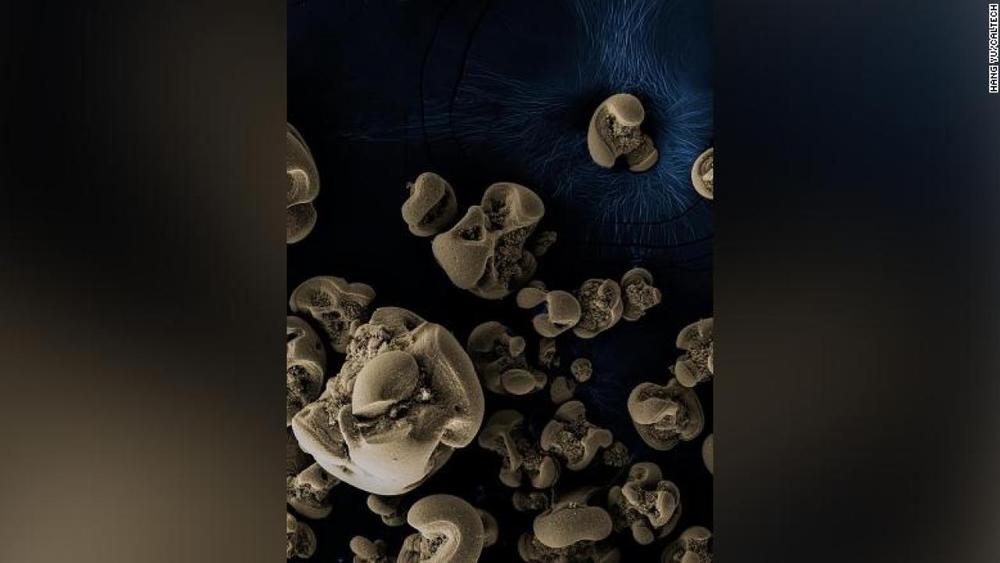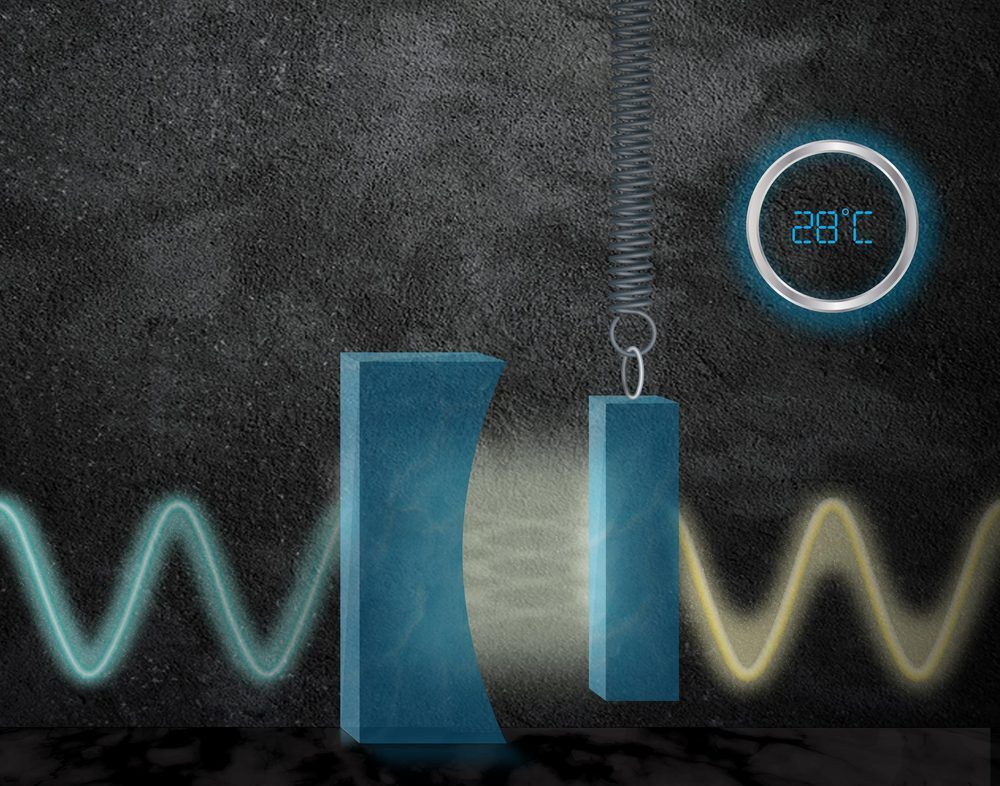The U.S. Navy welcomed a new amphibious assault ship into the fleet this week even as one of its sister ships lay burning. The ship, designed to deliver Marines by air into hostile territory, was commissioned in a low-key virtual ceremony to ensure social distancing. Tripoli will be based at San Diego Naval Base, California, where sister ship USS Bonhomme Richard is currently on fire.
The ship’s traditional commissioning ceremony, a public event that would have drawn thousands and originally set to take place at Pensacola, Florida, was canceled due to the ongoing COVID-19 pandemic. Instead the ship was commissioned by “administrative message” from the Navy to the fleet, while onboard the crew raised the commissioning flag to signify the event.

